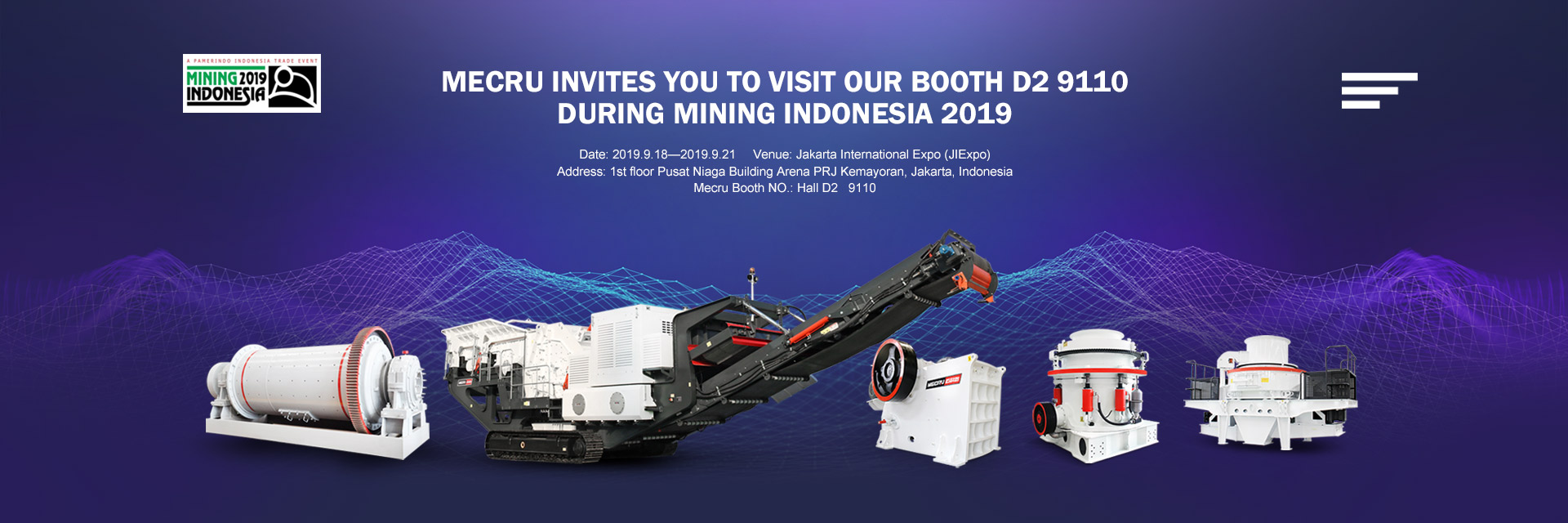Iron ore is classified based on several factors, including its composition, grade, and physical properties. The primary classifications are:
1. By Mineral Composition
Iron ores are categorized according to their dominant iron-bearing minerals:
– Hematite (Fe₂O₃) – Contains ~55–70% iron, high-grade, and the most commonly mined iron ore.
– Magnetite (Fe₃O₄) – Contains ~72% iron (highest among major ores), magnetic, often requires beneficiation.
– Goethite/Limonite (FeO(OH)·nH₂O) – Contains ~50–65% iron, typically lower-grade and hydrated.
– Siderite (FeCO₃) – Contains ~30–40% iron, less common due to low iron content.
– Taconite – A low-grade ore (~25–30% Fe) containing magnetite/hematite mixed with silica; requires extensive processing.
 2. By Grade
2. By Grade
Iron ore quality is classified based on its iron content:
– High-Grade Ore (>60% Fe) – Direct shipping ore (DSO), requires minimal processing (e.g., hematite).
– Medium-Grade Ore (~50–60% Fe) – Often beneficiated before use.
– Low-Grade Ore (<50% Fe) – Requires extensive processing (e.g., taconite).
3. By Physical Form
Iron ores can also be categorized by their physical characteristics:
– Lump Ore (~6–30 mm) – Naturally sized for direct blast furnace use.
– Fines (<6 mm) – Smaller particles requiring agglomeration (pelletizing/sintering).
– Pellet Feed – Ultra-fine concentrate (<0.15 mm) pelletized for steelmaking.
4. Commercial Classification
Trade markets classify ores based on origin and specifications:
– Examples:
– Pilbara Blend Fines (Australia)
– Ca.jpg) ás Sinter Feed (Brazil)
ás Sinter Feed (Brazil)
– Vale’s High-Grade Pellets
Key Considerations:
– Impurities (silica, alumina, phosphorus) affect suitability for steelmaking.
– Magnetite’s magnetic properties allow easier beneficiation than hematite.
Would you like details on processing methods or market classifications?





Leave a Reply